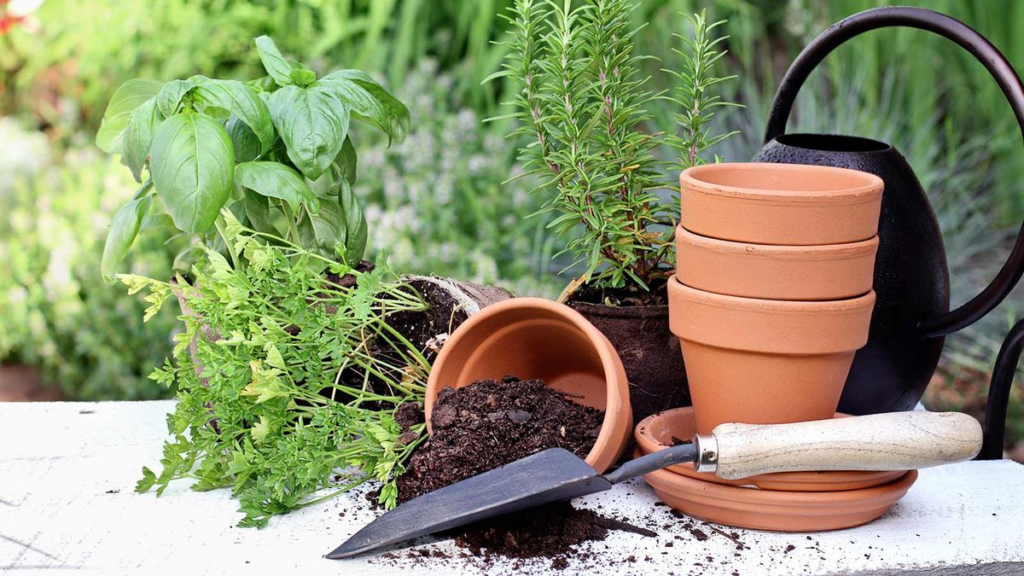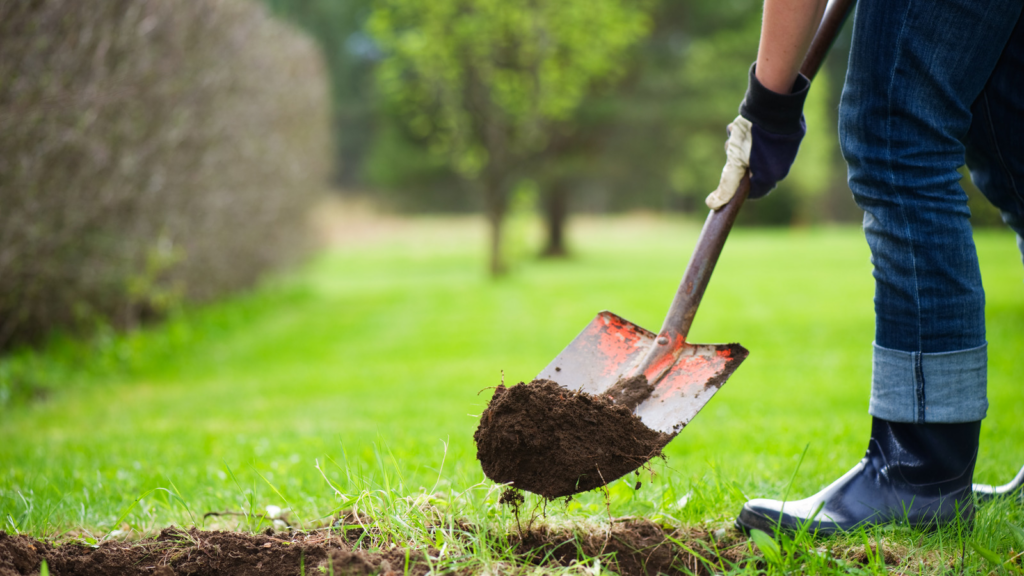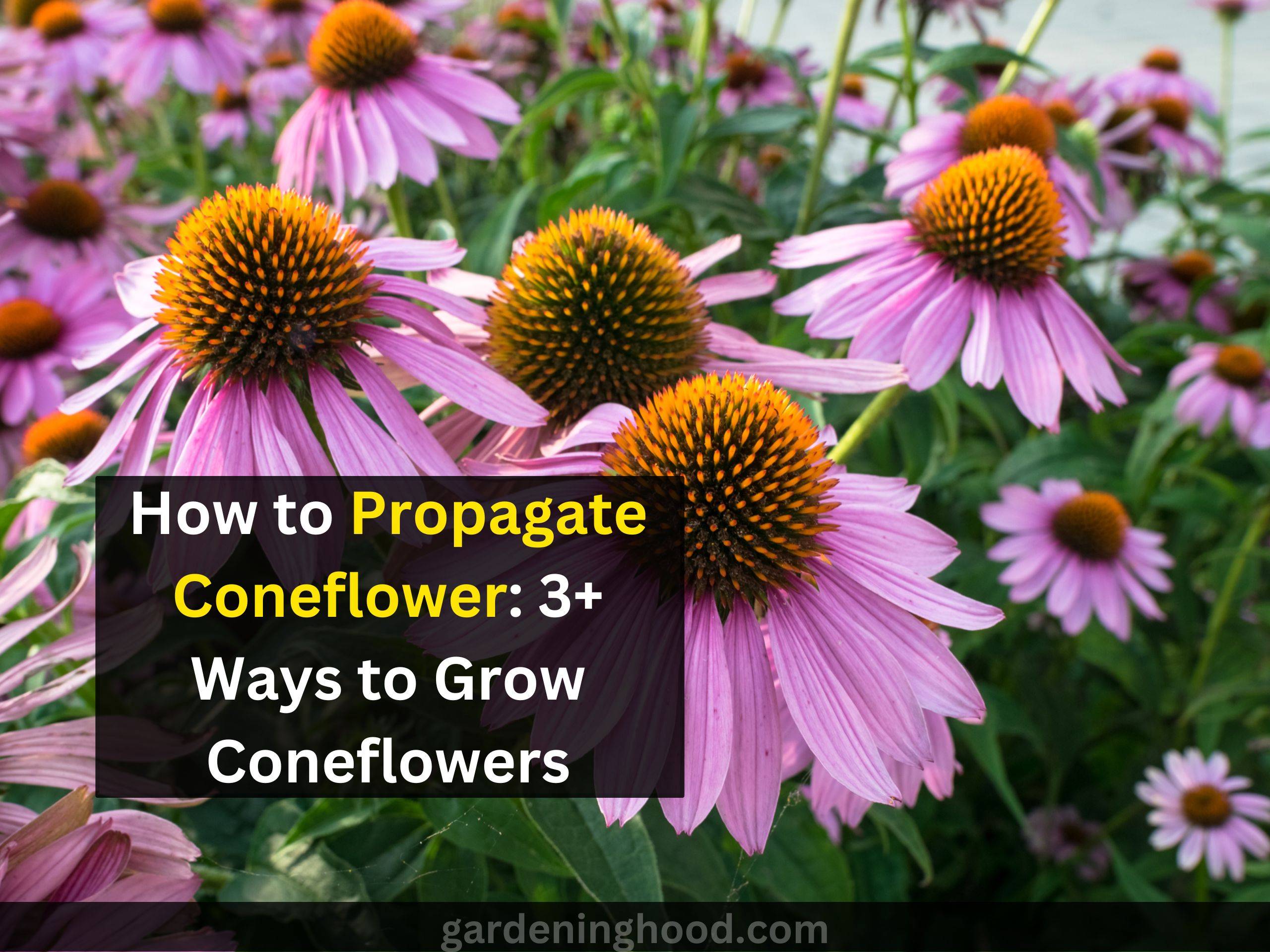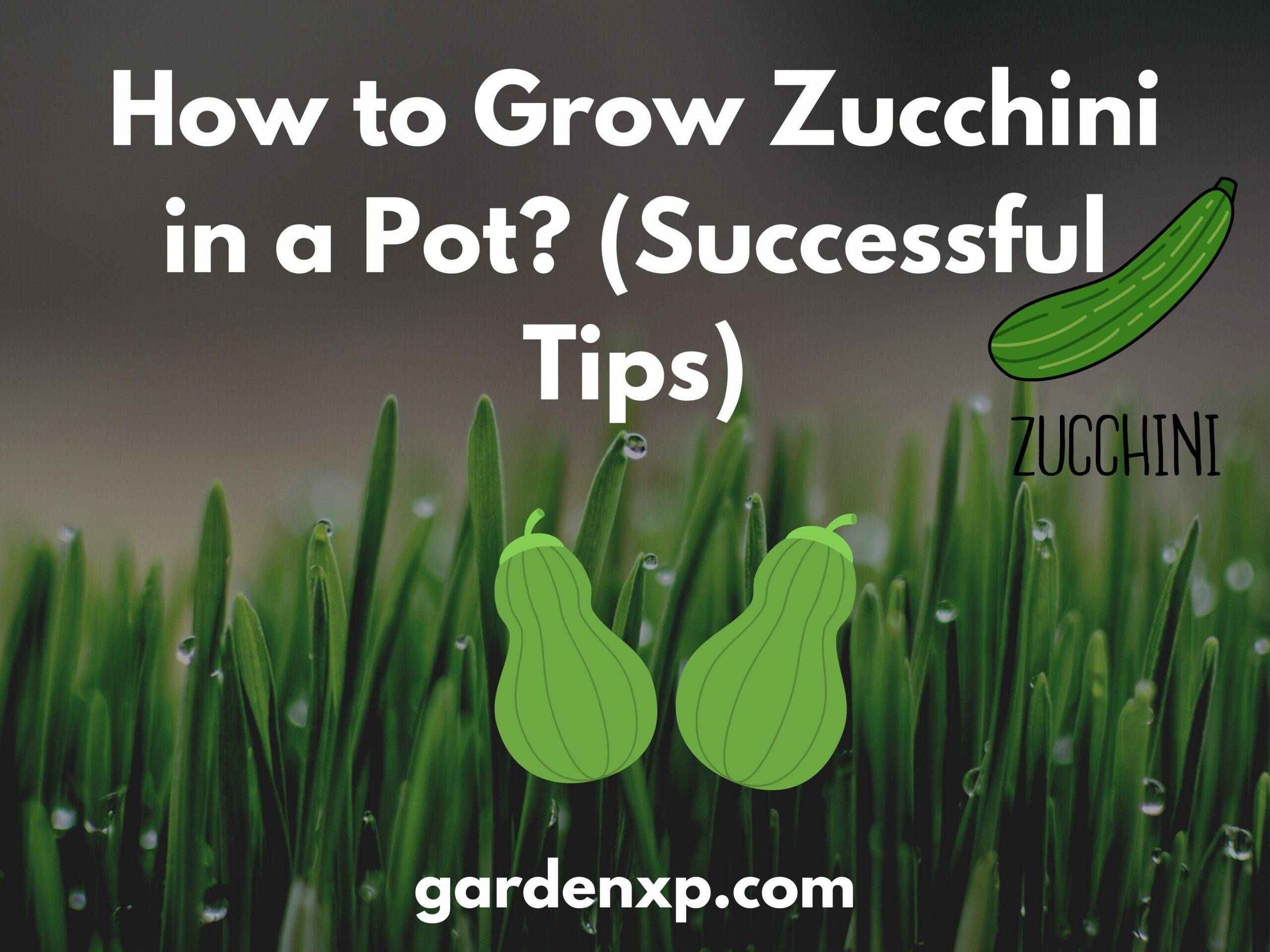What is Foundation Plant spacing?- Front House Foundation Planting Design
Want to experiment with foundation plants? Trust me, you will not be disappointed with the results that will beautify and improve the landscape.
After growing foundation plants, I found them to be the bedrock of a landscaped property that transformed the front yard and entryway into a dynamic garden. An interesting fact is that foundation planting creates a warm, welcoming impression for guests.
You know what I believe? A home looks stark without foundation plants, and it’s really important to choose the right base plant that can add value to your home, while the wrong base plant can reduce it. So, with all these benefits, let’s start to grow foundation plants without wasting much time. Read on for tips on what to grow near your home.
Quick takeaways:
- The foundation plant is the main focal point in front of your home.
- Make sure not to plant them too closely.
- Plant trees 15 to 20 feet (4.5 to 6 m) away from the house.
What is Foundation Planting?
Landscape design, like any design, is constantly evolving. Previously, foundation planting was used to hide the bottom of a house, regardless of the spacing between foundation plants. Today, plants are used to complement home designs to create an inviting “roadside character” and to blend rougher elements with the surrounding environment. To boost feng shui through landscaping, you need to consider some foundation planting tips, especially those on spacing foundation plants.
A planting foundation is more intimidating than other garden beds because it is the main focal point in front of your home. Foundation planting is a general term used to describe landscaping and flower beds near or around a home base.
Most people think of the exterior walls of their houses when they hear this word. However, the base garden can also be on the side or in the background. A set of plants for landscaping that blends the building with its surroundings and masks the poor features of the foundation.

How to do Foundation Plant spacing?
A common problem in landscapes occurs when plants are planted five or even ten years later, regardless of their growth. Always consider the height and width of mature plants before deciding to incorporate them into your landscape.
It’s also important to consider the spacing between foundation plants, but don’t forget to consider the distance from the plant to your home. Do not plant too close to the house. It invites termites and other creepy reptiles into the house. Also, if the plants are too close to the house, it becomes impossible to maintain the house. If you put plant roots on your house, they are more likely to damage your house’s foundation. They can disrupt installations, not to mention paths, sidewalks, and driveways. Plant trees 15 to 20 feet (4.5 to 6 m) away from the house.
How much spacing should you keep between other foundation plants? Again consider mature-sized plants. Allow for growth by leaving appropriate space between crops. Don’t rely solely on the nursery tag for information. Find out how tall and wide a plant or tree will grow by doing some research online. Plants should not be overcrowded.
Over-planting is exactly as terrible as under-planting in terms of appearance. Make a scaled-down diagram of your landscape and experiment with different plant sizes at their mature heights. You can tweak the design to your heart’s content until you discover the perfect look without breaking the money or planting the wrong thing.
How do you choose Foundation plants for the front yard?
Front yard foundation plants should be appealing all year. While many people choose evergreens as foundation plants, you shouldn’t neglect the possibilities of deciduous plantings, which have equally fascinating leaf and twig colors.
When placing items near the house, use bright colors sparingly because they can be an eyesore up close and are better observed from a distance. Drought-tolerant plants should be planted within 5 to 10 feet (1.5 to 3 meters) of the foundation. Planting under the eaves should be avoided wherever possible.
How to design the front house Foundation Planting?
Let us know about the process of the front house foundation planting design. Below are the steps that will explain it:
Step 1- Get rid of the old plants. It’s okay to get rid of the old plants! You can, of course, leave the ones you know you’ll keep.

Step 2- Test and amend the soil. Foundation soil is typically of poor quality due to the use of low-cost filler that is full of pebbles and dirt by the builders.

Step 3- Nurture the soil. Founding dirt is not only low in quality but it has also been compacted by heavy home-building equipment. It was difficult to dig a hole adjacent to my house since the earth was so hard. Nurturing will help to mix in the nutrients you added in step 2 as well as break up the compacted soil, making it simpler for the plants to grow.

Step 4- Lay Out Your Design. This step is very important, so don’t skip it or you may need to do a lot of rework in the future.
Step 5- Place focus pants first. Think of Focus Plants or Anchor Plants as your landscaping backdrop. Most people use shrubs, but you can also use tall perennials or even climbers.

Step 6- Layer the rest of the layers. Now that you know the location and size of the key plants, it’s time to add the rest of the layers. The largest (anchor) should be at the back of the house. Then drop each row so that the shortest comes first.
Once you’ve got everything where you want it, take the time to measure the correct spacing. Measure from between the house and any plants so it doesn’t get crowded when everything is full.

For more such plant-related articles, you may also read, How to Plant a Cocktail Garden? – Fruits, Herbs for Drinks, and Cocktail
Step 7- Live with it for a few days. Now that you’ve got everything set up and arranged the way you like it, go away. For a few days or even a whole week.
Step 8- Now you have to Plant everything. Foundation dirt is usually quite compacted, as previously said. So, before planting, dig a hole twice the size of the root ball and fill it with water. This loosening of the soil will make it easier for the roots to establish themselves. It’s a good idea to keep the rootball’s top slightly above the soil line so it doesn’t descend too far as the dirt settles.

Step 9- It’s time to apply mulch. After you’ve planted everything, all that’s left is to apply mulch. Instead of utilizing rock for foundation beds, use natural hardwood mulch. In the sun, rock can become extremely hot, causing plants to be burned. If you need to work with it, it’s also a pain.

Conclusion
In this article, you come to know about foundation planting, foundation plant spacing, and even how you design front house foundation planting. As you have seen the steps of doing it, It can be difficult and scary to establish a foundation, especially in front of your home. However, if you take your time and follow these procedures, you’ll have flower beds that suit your home and provide plenty of curb appeal that you would adore. I hope it will be helpful for you all.


